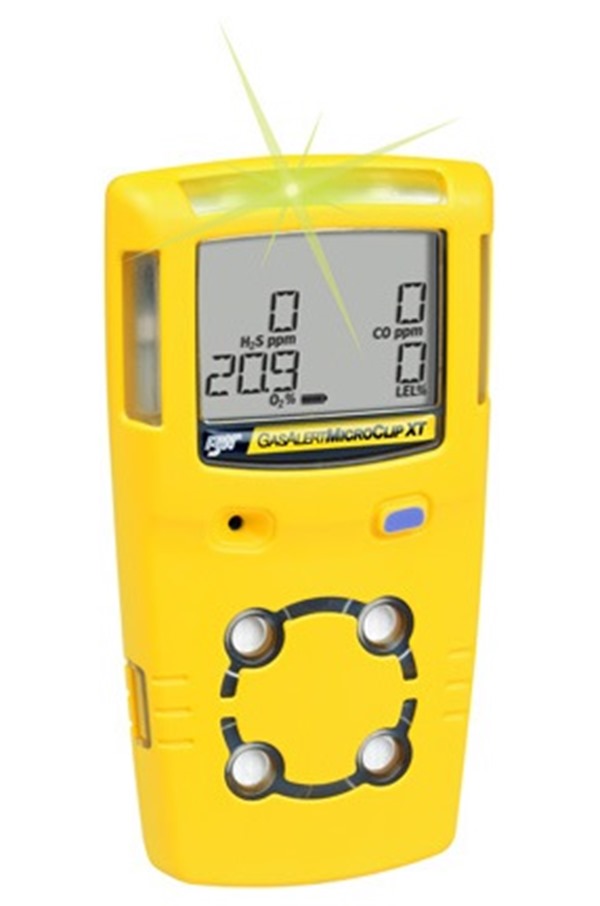

Short-term breathing zone samples revealed airborne concentrations for diacetyl that exceeded the ACGIH short-term exposure limit of 0.02 parts per million (ppm) in two samples collected on a grinder operator. Real-time FTIR measurements provided both the identification and quantitation of diacetyl and 2,3-pentanedione, as well as other organic compounds generated during coffee bean roasting and grinding operations.Īirborne concentrations of diacetyl in the workers’ breathing zone, as eight-hour time-weighted averages were less than the ACGIH TLVs for diacetyl, while concentrations of 2,3-pentanedione were below the limit of detection in all samples. Additionally, the authors performed real-time Fourier transform infrared spectroscopy (FTIR) analysis of the workers’ breathing zone as well as the area workplace air for the presence of organic compounds to determine the sources, as well as quantitate and identify various organic compounds proximal to the roasting and grinding processes. Workers at a large commercial coffee roaster were monitored for both eight-hour and task-based, short-term, 15-min sample durations for airborne concentrations of these alpha-diketones during specific work processes, including the coffee bean roasting, blending and grinding processes, during two separate 8-h work periods. Chronic exposure to these alpha-diketones at elevated airborne concentrations has been associated with lung damage, specifically bronchiolitis obliterans, most notably in industrial food processing facilities. Newly established National Institutes of Occupational Safety and Health (NIOSH) Recommended Exposure Limits for diacetyl and 2,3-pentanedione are even more conservative. By positioning the measuring hose correctly, you can also make a correct measurement at different heights to chart all risks.Recently described scientific literature has identified the airborne presence of 2,3-butanedione (diacetyl) and 2,3-pentanedione at concentrations approaching or potentially exceeding the current American Conference of Industrial Hygienists’ (ACGIH) Threshold Limit Values (TLVs) at commercial coffee roasting and production facilities. This allows you to make an appropriate risk analysis and make the right strategy and PPE choices based on the measurement results. This means that you can take a measurement from a safe distance so you have an idea of which gases will be present in which concentration before you are exposed to this environment. A sampling hose may be connected to extend the reach. This means that the device is constantly drawing in gases.

Pumped instruments are equipped with a built-in sampling pump. Since there is no forced flow of the gas to be measured, this device is not suitable for taking measurements remotely, but they do accurately identify what’s present in a given location. This also means that a diffusion gas detection device is only able to measure the concentration of gases at the location where the device is located. Diffusion means proportional spread of molecules over the available space (from high concentration to low concentration). The sensor is exposed to the ambient air and will measure the gas by means of the diffusion principle. A diffusion gas detection device works, as the name suggests, on the diffusion principle.


 0 kommentar(er)
0 kommentar(er)
